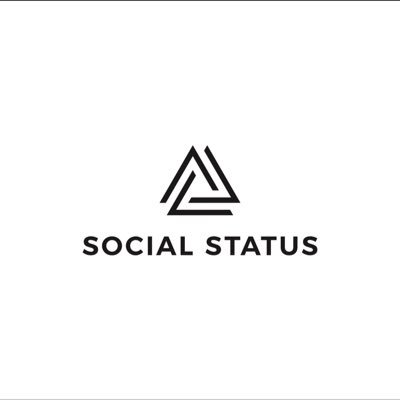


Some researchers demonstrate that subjective SES is more accurate in capturing the more subtle aspects of social status, and providing more information than objective SES indicators, it also has a greater impact on health. It is defined as the faith of an individual about his or her position in the socioeconomic structure. Subjective SES is also called as subjective status, perceived social position, and subjective social status. Many studies have suggested that education, income and occupation of objective SES indicators have profound impacts on everyone’s health. Socioeconomic status (SES), as one of the most significant social determinants of health, has attracted increasing attention around the globe. These findings have important public health implications for health policy makers to make sound decisions on resources allocation and services planning in improving adolescents’ social relationships and promoting health outcomes. ConclusionsĪdolescents with lower socioeconomic status had poorer social relationships compared to those with higher socioeconomic status. And peer relationship model revealed that the corresponding effect size was slightly stronger for subjective socioeconomic status (β = 0.10), whereas the maternal education had a slightly stronger correlation with student-teacher relationship (β = 0.07) relative to other indicators. Standardized regression coefficients indicated that paternal education (β = 0.08) and occupation (β = 0.07) were the predictors of parent-child relationship.

ResultsĪll five indicators of socioeconomic status were slightly positively correlated with the quality of social relationships (r ranged from 0.036 to 0.189, all p < 0.001), except that maternal education was not correlated with the conflict dimension of parent-child relationship. More detailed information was used to clarify the link between social relationships and different dimensions of socioeconomic status. Besides, objective socioeconomic status (parental education and occupation, assessed by the adolescent) and subjective socioeconomic status (self-evaluation of family social class) were measured. Parent-child relationship (cohesion, expressiveness, conflict), peer relationship (interpersonal relationship, communication and interaction, social emotion) and student-teacher relationship (intimacy, support, satisfaction, conflict) were investigated. MethodsĪ school-based cross-sectional study was performed by 13–18 adolescents enrolled in East China from September, 2018 to May, 2019, which recruited 6902 students from junior and senior high schools and used the stratified random sampling method. This study aimed to clarify more detailed information on the connection between social relationships and different dimensions of socioeconomic status. A great number of studies have concentrated on the influence of socioeconomic status with health outcomes, but little on how socioeconomic status affects social relationship in adolescents’ families, peers and schools.


 0 kommentar(er)
0 kommentar(er)
